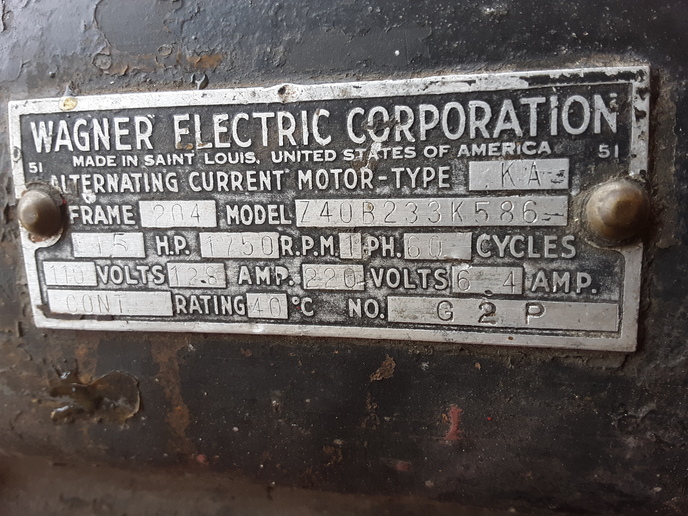caterpillar guy
Well-known Member
Got an old wagner electric motor 1.5 HP single phase 110/220 1750 listed on the tag. Only saw one wire banded with a number 1 on it. The others might have been under the tape. I need to know how to tell which wires need to go to what to switch it up to 220. It will not pull itself off the starter on 110 running an air pump on the air compressor it came on. There is only 2 wires coming from the pressure switch and 3or 4 wires coming out of the motor case. No label visible with a wiring code for the switch. Looks like there might have been one in the past but now is just a slight amount of coloring like around the edge maybe or it has been painted over and came off with the chipping of the paint. SO is there a way to check with an OHM meter or other method to check the wires for an internal difference in connection. I didn't want to pull the motor apart for this. All wires seemed to be the same color coming out of the case there was one white wire from the pressure switch. I suppose the other was black. All other wires in the armoured cable were cut off from the pressure switch. I'm guessing I need the wires to come to the motor first then running a pair to the pressure switch would be from the motor to pressure switch. These wires all have the old cloth type insulation and is not in such good shape. No I'm not going to junk a good motor over some insulation.




